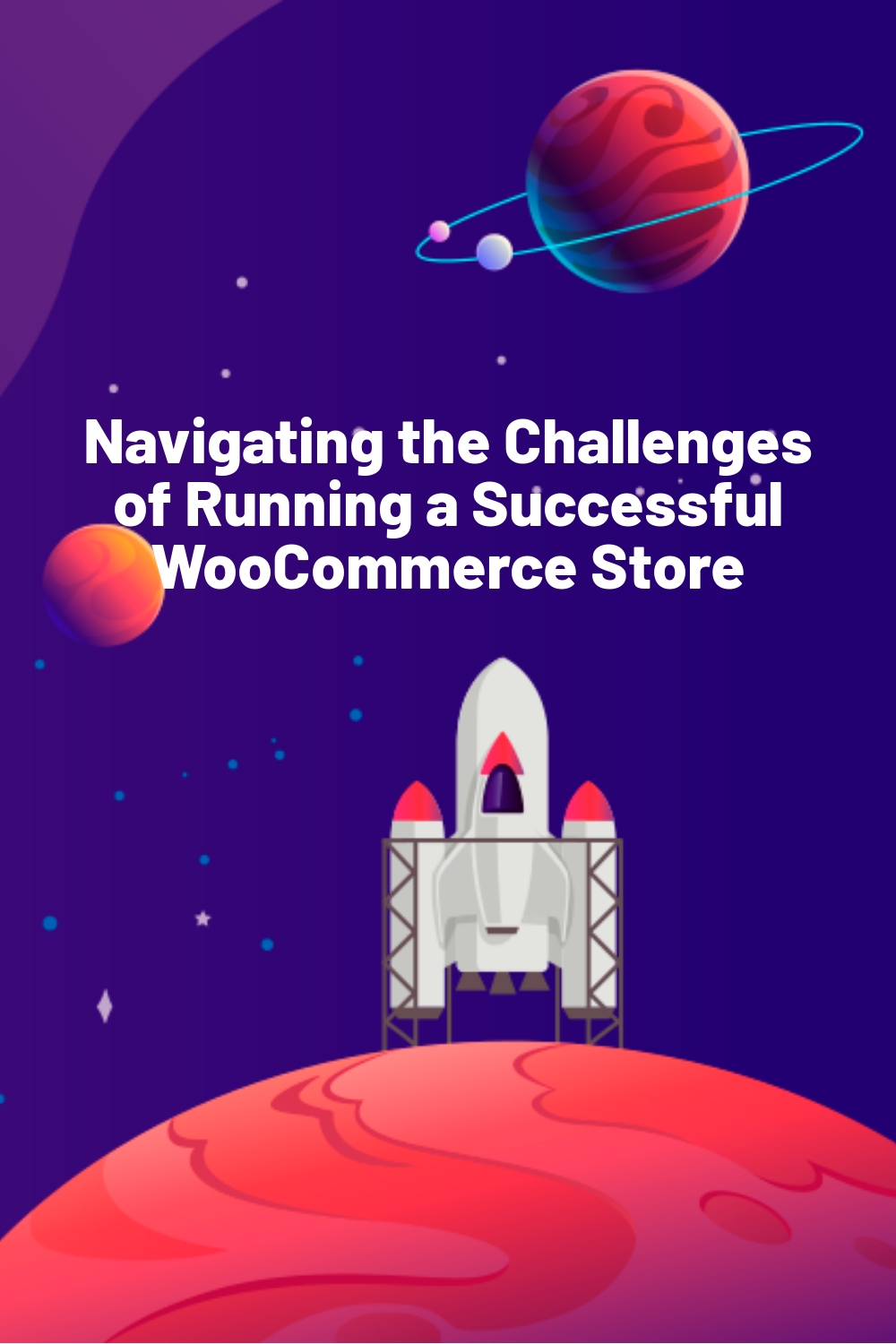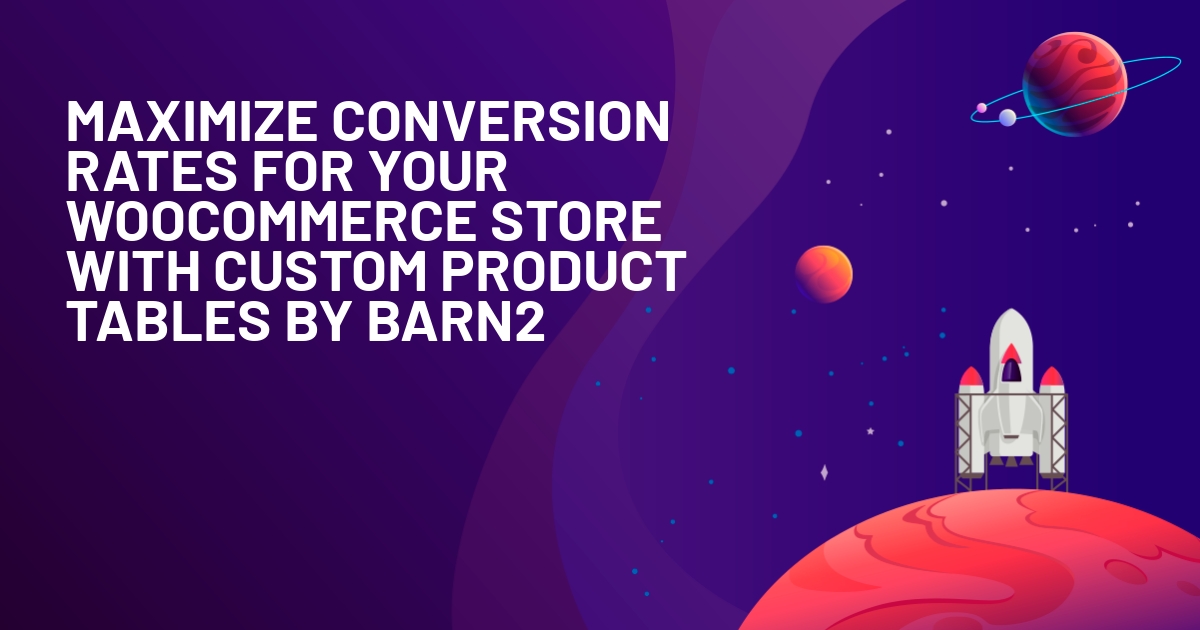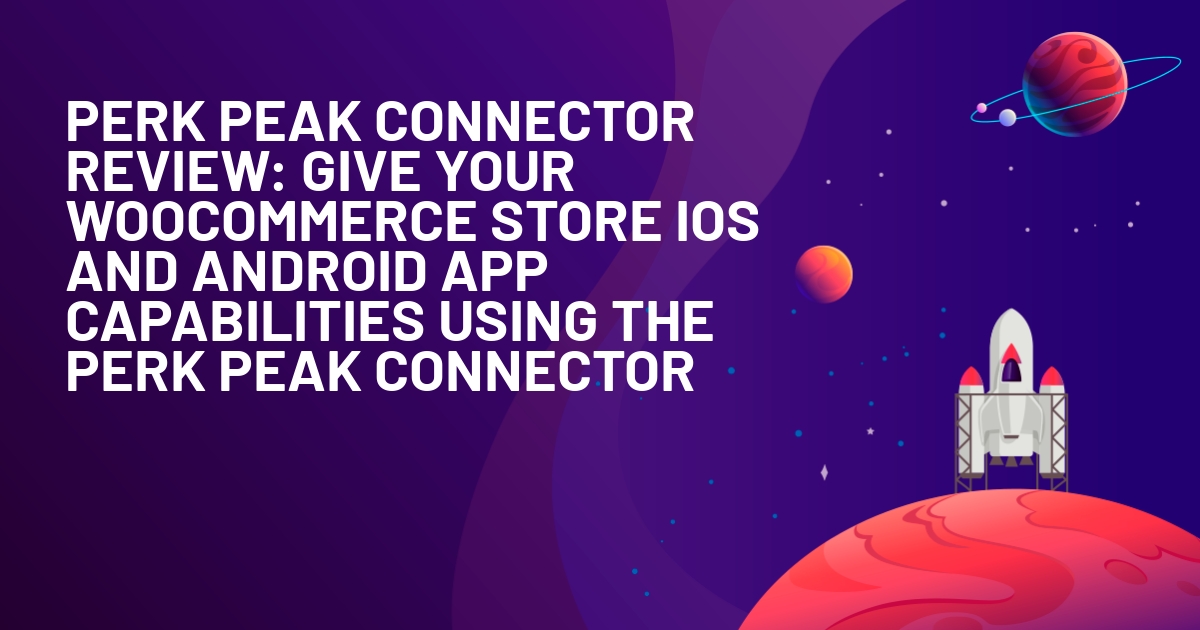WPLift is supported by its audience. When you purchase through links on our site, we may earn an affiliate commission.
Navigating the Challenges of Running a Successful WooCommerce Store

Running a successful WooCommerce store can be both rewarding and challenging. eCommerce entrepreneurs face a multitude of hurdles, from fierce competition to evolving consumer expectations. To thrive in this competitive arena, it is imperative to establish a well-structured WooCommerce store that not only attracts customers but also keeps them engaged.
In this article, we will explore the essential elements of building and managing a prosperous online store using WordPress to arm you with the knowledge and strategies necessary to navigate the intricate challenges of running a WooCommerce store. Let’s embark on this journey to eCommerce excellence together.
Building a Solid Foundation
Before delving into the intricate details of running a successful WooCommerce store, it’s crucial to lay a solid foundation. This section focuses on the fundamental aspects that form the backbone of your eCommerce venture. From selecting the right plugins to crafting an appealing and user-friendly website, these initial steps are pivotal in setting the stage for your online success.
1. Choosing the Right Plugins
Selecting the appropriate plugins for your WooCommerce store is akin to choosing the right tools for a job. The plugins you integrate can significantly impact your store’s functionality, efficiency, and user experience. Here’s how to make informed choices:
- Plugin diversity: WooCommerce offers a plethora of plugins designed to enhance various aspects of your store. Ensure that you explore multiple options, from payment gateways to inventory management, and carefully evaluate their compatibility with your business needs.
- Plugin cost: Both free and premium plugins are available on the market. While over half of store owners opt for free plugins, 34% use a mix of the two. The right choice for you will ultimately come down to the level of functionality you require.
- User ratings and reviews: One of the best ways to gauge a plugin’s performance is by reading user reviews and ratings. Real-world experiences can provide valuable insights into how well a plugin works, and whether it suits your requirements.
- Regular updates: It’s imperative to choose plugins that receive frequent updates and are compatible with the latest version of WooCommerce. This ensures your store remains secure and up-to-date.
If you’re still not sure where to start with your plugin selection, check out our beginner’s guide to WordPress plugins to get you started.
2. Designing an Attractive and User-Friendly Website
The visual appeal and user-friendliness of your WooCommerce store play a pivotal role in attracting and retaining customers. Here’s how to craft a website that captivates and converts:
- Responsive design: In an era dominated by mobile devices, your website must be responsive. There are plenty of responsive themes out there to choose from that will ensure your site adapts seamlessly to different screen sizes and more, offering a consistent and pleasant experience to all users.
- Intuitive navigation: Streamline your website’s navigation by organizing product categories logically. This ties back to efficient product listing management, improving user experience, and reducing bounce rates.
- Engaging content: Invest in high-quality product images and descriptions. Engaging content helps customers make informed purchase decisions, enhancing their shopping experience.
- Page load speed: Slow-loading websites can deter potential customers. In fact, almost half of users won’t wait more than 2 seconds for your site to load. Optimize your website’s performance by compressing images, leveraging browser caching, and choosing a reliable hosting provider.
- Clear calls to action (CTAs): Guide users through purchasing with clear and strategically placed CTAs. These can include “Add to Cart” buttons, “Buy Now” options, and “Subscribe” forms.
By carefully selecting plugins and prioritizing an attractive and user-friendly website design, you’ll establish a strong foundation for your WooCommerce store, setting the stage for success in the competitive eCommerce landscape.
Managing Product Listings
Once you’ve laid the foundation for your WooCommerce store by choosing the right plugins and designing an attractive website, the next crucial aspect to address is managing your product listings effectively. Your product listings are the heart of your eCommerce business, and how you organize and present them can significantly impact your store’s success.
1. Organizing Products for Better Navigation
Efficient product organization and categorization are essential for providing an optimal shopping experience for your customers. When visitors can easily find what they’re looking for, they’re more likely to convert into paying customers. By categorizing products logically and implementing an intuitive navigation structure, you not only streamline the shopping process but also encourage customers to explore more of your offerings.
To achieve this, consider grouping similar products into categories and subcategories. Use clear and descriptive category names that resonate with your target audience. Additionally, robust search functionality is essential, as it allows users to filter products by category, brand, and more with ease. The goal is to make it as effortless as possible for customers to discover and select the desired items.
2. Improving the Efficiency of WooCommerce Stores with Physical Locations
For WooCommerce stores that operate in conjunction with physical locations, such as restaurants, efficient inventory management is paramount. For example, imagine you’re running a restaurant that offers both dine-in and online ordering. Integrating a thermal order printer with your WooCommerce store allows you to seamlessly process online orders and print tickets directly in your kitchen. This reduces errors and speeds up order fulfillment, enhancing customer satisfaction.
By managing product listings effectively and optimizing the efficiency of physical stores that rely on WooCommerce, you can create a shopping experience that not only meets but also exceeds customer expectations, leading to increased sales and loyalty to your WooCommerce store.
Security and Protection
Unfortunately, eCommerce platforms are attractive targets for cybercriminals, making it crucial to implement robust security measures. Here’s a list of key security measures every WooCommerce store owner should take:
- Regularly update plugins, themes, and WordPress core.
- Implement strong and unique passwords for all accounts.
- Utilize SSL encryption for secure data transmission.
- Utilize a secure login plugin with two-factor authentication.
- Conduct routine backups of your website data.
- Deploy a reputable firewall to block malicious traffic.
- Invest in a reliable intrusion prevention system (IPS).
- Monitor your website for suspicious activities and potential breaches.
In an era where cyber threats are on the rise, WooCommerce store owners must prioritize security. Setting up an intrusion prevention system (IPS) is a critical component of your security strategy. An IPS actively monitors network traffic, detects and prevents suspicious or malicious activity, and safeguards your store against cyber threats, including hacking attempts, data breaches, and DDoS attacks. By integrating an IPS into your security infrastructure, you fortify your defenses, and add an additional layer of protection.
Moreover, remember that security is an ongoing process. Regularly update your software, educate your team on best security practices, and stay informed about emerging threats to adapt your security measures accordingly. In doing so, you not only protect your WooCommerce store but also instill trust in your customers, who can shop with confidence knowing their data is secure.
Tailoring the Shopping Experience
Creating a personalized and seamless shopping experience is vital to building customer loyalty and increasing sales in your WooCommerce store. In this section, we’ll explore strategies for tailoring the shopping experience to meet the unique needs and preferences of your customers.
One of the fundamental aspects of enhancing the shopping experience is personalizing product visibility. By leveraging the power of data and customer insights, you can display products that are most relevant to each visitor. Implement techniques, such as product recommendations based on browsing history and purchase behavior. Additionally, consider segmenting your email marketing campaigns to send personalized offers and product suggestions to specific customer groups, further increasing the chances of conversion.
Furthermore, enhancing user experience with customization is vital for ensuring customers have a smooth and enjoyable shopping journey. Invest in a responsive design that adapts seamlessly to various devices, ensuring that your website is accessible and user-friendly for everyone. Implement intuitive navigation, clear calls to action, and easy-to-use search functionality to help customers find what they’re looking for effortlessly. Consider offering customization options for products when applicable, allowing customers to tailor their purchases to their preferences.
Maximizing Visibility and SEO
SEO Strategies for WordPress are instrumental in boosting your store’s online presence. To do this, you’ll need to check a few items off your SEO checklist, including optimizing your product pages, and content for relevant keywords and phrases that potential customers are likely to search for. You’ll also need to ensure that your meta titles, descriptions, and alt tags are well-crafted and aligned with your target keywords. Additionally, focus on creating high-quality, informative, and engaging content that appeals to users and aligns with search engine algorithms.
As part of your SEO efforts, seamlessly incorporate a streamlined content operation into your WooCommerce store management. This includes regular content reviews and updates, blog posts, and product descriptions that are not only keyword-rich but also valuable and informative for your audience. Implementing a content calendar can help you maintain consistency and relevance, improving your site’s search engine rankings over time.
Furthermore, consider leveraging social media platforms and email marketing to promote your WooCommerce store and its content. Engaging in these digital marketing efforts can enhance your store’s visibility, drive traffic, and build a loyal customer base.
By maximizing visibility through effective SEO strategies, and maintaining streamlined content operations, your WooCommerce store can achieve higher search engine rankings, attract more organic traffic, and ultimately increase sales, helping you stay competitive in the eCommerce marketplace.
Conclusion: Navigating Your Path to WooCommerce Success
In this journey through WooCommerce, we’ve explored some crucial methods that pave the way for eCommerce excellence. Building a strong foundation, prioritizing security, enhancing the shopping experience, and optimizing visibility through SEO and content operations are vital pillars.
These essential aspects come together to collectively form the roadmap to success in a dynamic eCommerce landscape. As you navigate the challenges of running a WooCommerce store, remember that adaptability and innovation are your allies. Embrace these principles to thrive in the competitive online marketplace, knowing that your dedication to excellence will be the cornerstone of your success.









great post